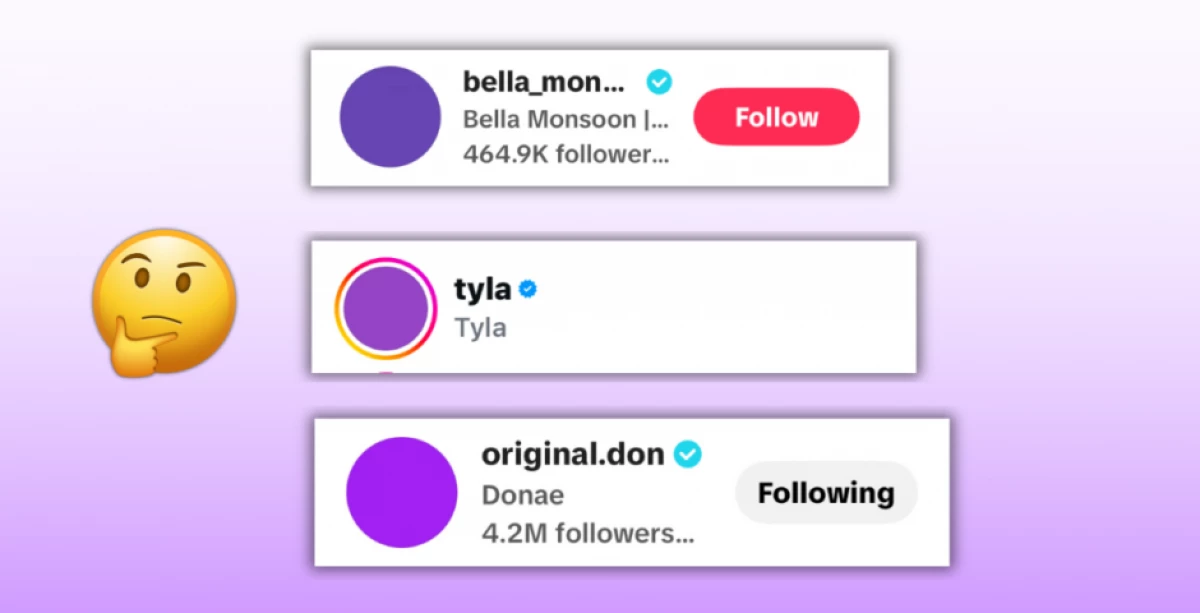Why purple profile pictures are flooding social media and what it really means


Audio By Vocalize
Millions of users are changing their profile pictures to purple—or adding a purple background—in a powerful show of unity against gender-based violence (GBV) and femicide.
What began as a quiet online campaign in South Africa has rapidly evolved into a continent-wide movement, spreading to Ghana, Botswana, Kenya, and Nigeria.
Behind this sea of purple lies a resounding call for justice, solidarity, and systemic change.
The movement, initiated by the South African non-profit organization Women for Change (WFC), aims to amplify voices ahead of the G20 Women’s Shutdown on Friday, November 21, 2025, in South Africa.
Timed to coincide with the country’s hosting of the G20 Summit, the campaign seeks to draw global attention to the persistent scourge of violence against women and children.
According to data from South Africa’s Public Safety and Justice Survey, the majority of GBV incidents are committed by individuals known to the victims.
This grim reality has fueled growing frustration among activists and citizens alike, who argue that government-led initiatives have failed to deliver tangible results.
The upcoming shutdown, they say, is a direct demand for the South African government to declare GBV and femicide a national disaster.
The color purple, now dominating social feeds across Africa, has become the emblem of this resistance—a symbol of unity, mourning, and hope.
It represents both grief for those lost and determination for those still fighting.
The Women’s Shutdown calls on citizens to take decisive action: wear black, abstain from both paid and unpaid work, halt all spending for the day, and change profile pictures to purple to amplify awareness online.
At noon, participants are urged to lie down for 15 minutes in a symbolic standstill—each minute representing one of the 15 women killed daily in South Africa due to gender-based violence.
This digital and physical act of protest aims to bring the nation to a pause, forcing acknowledgment of a crisis long ignored. More than a campaign or a protest, it is an unspoken cry—a collective demand for accountability, safety, and equality.


Leave a Comment